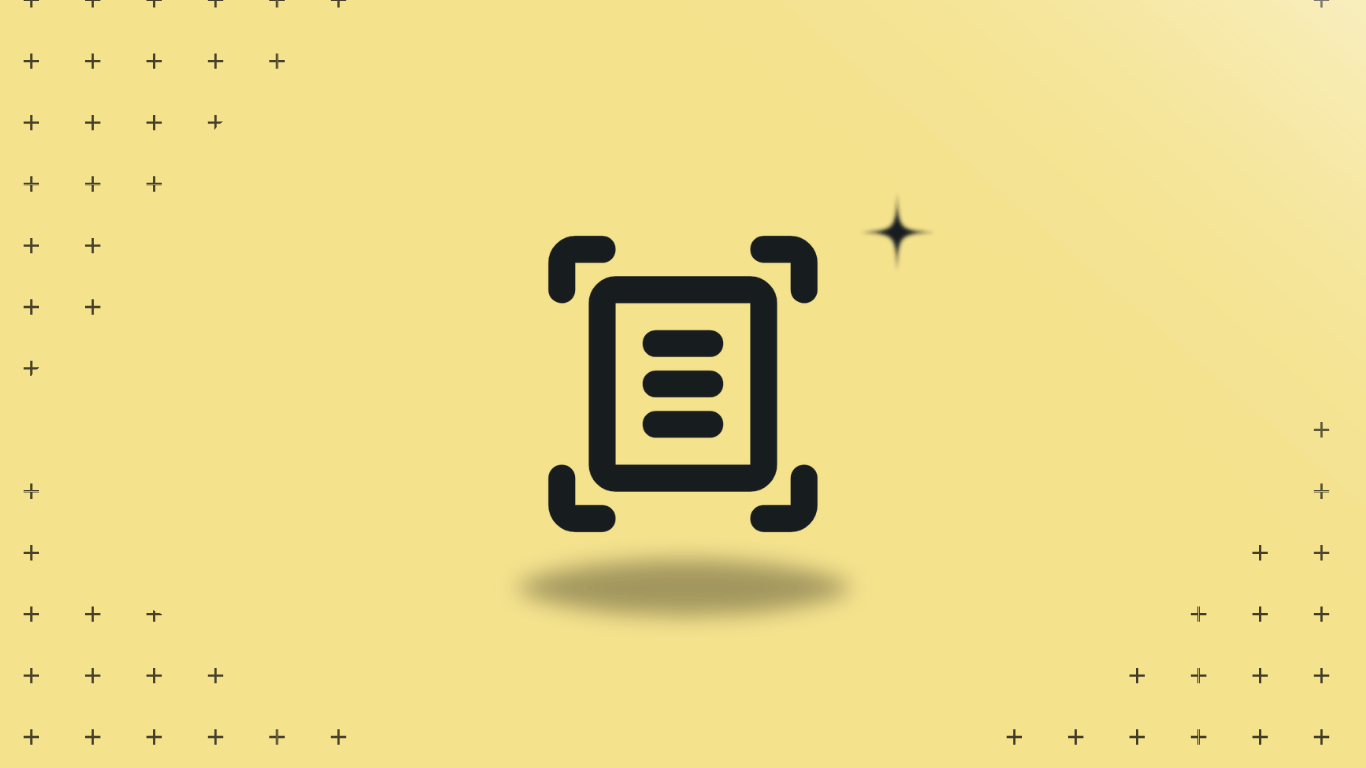Case Studies: Successful Product Launches Powered by Waitlists

Waitlists have emerged as a powerful tool for building anticipation, validating market interest, and creating a community of early adopters. And for good reasons.
In this post, we'll explore some compelling case studies of companies that have leveraged waitlists to achieve remarkable success in their product launches.
1. Robinhood: Building a Million-Strong Community
The Strategy
Robinhood, the commission-free investment app, employed a waitlist strategy that became a textbook example of pre-launch marketing.
- Simple sign-up: They created a straightforward landing page that emphasized their unique value proposition: commission-free stock trading.
- Gamified referrals: Users could move up the waitlist by referring friends, incentivizing organic growth.
- Exclusive access: The promise of early access to a revolutionary financial product created a sense of exclusivity.
The Results
- Amassed over 1 million users on their waitlist before launch.
- Generated significant buzz in the fintech industry.
- Achieved a successful debut with a ready and eager user base.
Key Takeaway
Robinhood's success demonstrates the power of combining a strong value proposition with gamified referrals to create viral growth.
2. Notion: From Waitlist to Workspace Revolution
The Strategy
The all-in-one workspace tool Notion used a strategy that has become well-known in the marketing community.
- Targeted beta: Before launching Notion 2.0 in 2018, they built a waitlist of over 20,000 people.
- Feedback loop: They used the waitlist period to gather invaluable feedback from early users.
- Tiered access: Notion offered exclusive access to those on the list, creating excitement and perceived value.
The Results
- Grew to 1 million users by 2019.
- Refined their product based on early user feedback before the full launch.
- Created a group of enthusiastic users ready to spread the word at launch.
Key Takeaway
Notion's approach shows how a waitlist can be used not just for marketing, but as a valuable product development tool.
3. Clubhouse: Exclusivity Breeds Desire
The Strategy
Clubhouse is an audio-chat social network that took the concept of waitlist exclusivity to new heights.
- Invite-only system: Users could only join if invited by an existing member.
- Limited invites: Each user was given a limited number of invites, creating scarcity.
- High-profile users: They seeded the app with celebrities and influencers, adding to its allure.
The Results
- Grew to 10 million weekly active users in its first year.
- Generated immense FOMO (Fear of Missing Out) among potential users.
- Valued at $4 billion just a year after launch.
Key Takeaway
Clubhouse's case demonstrates how artificial scarcity and exclusivity can drive intense demand.
4. Monzo: Community-Driven Banking
The Strategy
Monzo, the UK-based digital bank, used a waitlist to build a community-centric approach to banking.
- Crowdfunding integration: They combined their waitlist with a crowdfunding campaign, allowing early supporters to become investors.
- Transparent communication: Regular updates kept the community engaged and informed about the development process.
- Phased rollout: They used a "golden ticket" system where waitlist members could invite friends, creating a controlled but viral spread.
The Results
- Raised £1 million in 96 seconds through crowdfunding.
- Built a highly engaged community of users and brand advocates.
- Grew to over 5 million customers within five years of launch.
Key Takeaway
Monzo's success illustrates how a waitlist can be used to build not just a customer base, but a committed community of supporters and brand advocates.
5. Superhuman: The $30/Month Email Client
The Strategy
Superhuman used a waitlist to create a sense of exclusivity and achieve product-market fit.
- High-touch onboarding: Every user went through a personalized onboarding call.
- Referral priority: Users could prioritize their friends on the waitlist.
- Quality over quantity: They focused on acquiring the right users rather than just growing numbers.
The Results
- Built a waitlist of over 180,000 people.
- Achieved a $260 million valuation just a few years after launch.
- Maintained a high-quality user base willing to pay $30/month for an email client.
Key Takeaway
Superhuman's approach shows that a waitlist can be used to carefully curate a user base and justify a premium price point.
Conclusion: Lessons from Successful Waitlists
These case studies highlight several key strategies for successful waitlist-powered launches:
- Clear value proposition: Each company communicated a unique and compelling offering.
- Engaged community: Regular updates and interactions kept potential users excited and involved.
- Referral mechanisms: Most used some form of referral system to drive organic growth.
- Exclusivity and scarcity: Creating a sense of exclusivity drove demand and perceived value.
- Feedback integration: Many used the waitlist period to gather and incorporate user feedback.
By studying these examples, you can gain valuable insights into leveraging waitlists not just as a marketing tool, but as a powerful launch strategy.
Build Your Own Waitlist
Ready to build your own high-impact waitlist? Waitlister provides everything you need.
- ✅ Easy, customizable waitlists
- ✅ Built-in referral system
- ✅ Advanced analytics
- ✅ Email automation
- ✅ And much more...
